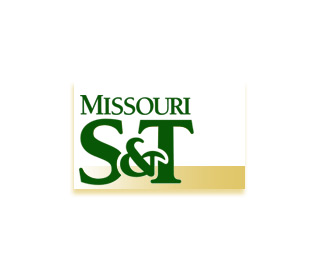
The process is affirmed to computerize the method in order to develop a dental bar also termed as an over-denture. The device is believed to act as a bridge connecting dental implants to dentures for dental restoration procedures. This unique computerized approach developed by Dr. Ming Leu, the Keith and Pat Bailey Missouri Distinguished Professor of Integrated Product Manufacturing at Missouri S and T, and Amit Gawate may decrease cost and save time.
Till date the device is presumably molded and developed manually, but the latest approach is entirely digital and automated. In the present day approach, first an impression of the area of the mouth where a denture would be placed should be made. After that, the device technician cast a model of the gums and implants. On completion technicians can design and fabricate the dental bar from a metal material.
Instead of making a physical model, the novel process is ascertained to employ digital imaging technology for taking a picture of a patient’s mouth. Then with the help of computer algorithms, the image data can be possibly crunched for designing model of the actual dental bar. The developed model may now be ready for fabrication by an ‘additive manufacturing’ or a computer-numerically regulated (CNC) machining process.
Experts enlighten that addictive manufacturing is the means of creating a part by adding material. So technicians are seemingly able to introduce one layer at a time and do not have to exclude material as in the case of machining. The newly produced process is claimed to utilize less material as compared to machining or other processes. With the help of this process individualized parts can be possibly tailored into different geometries.
